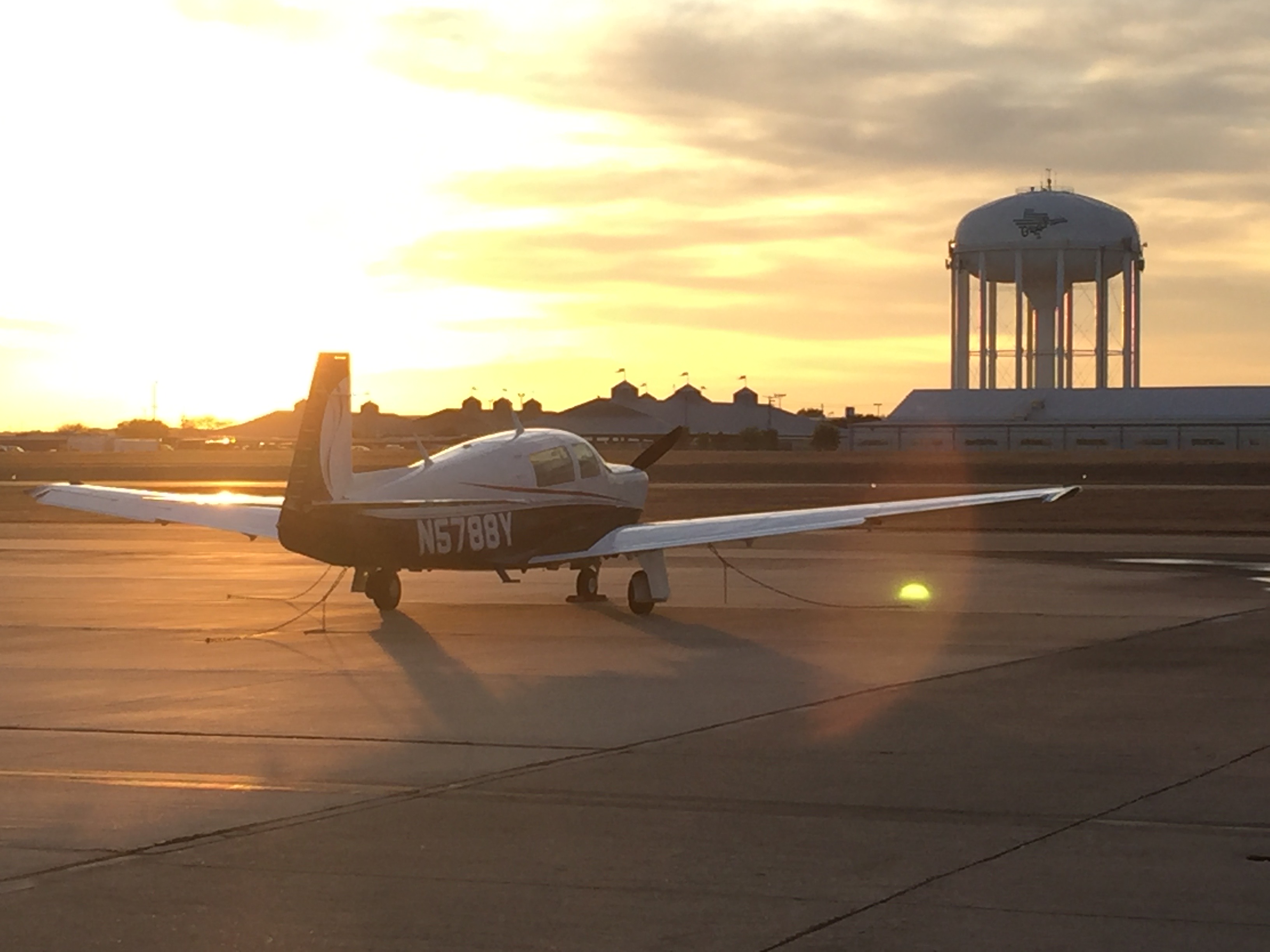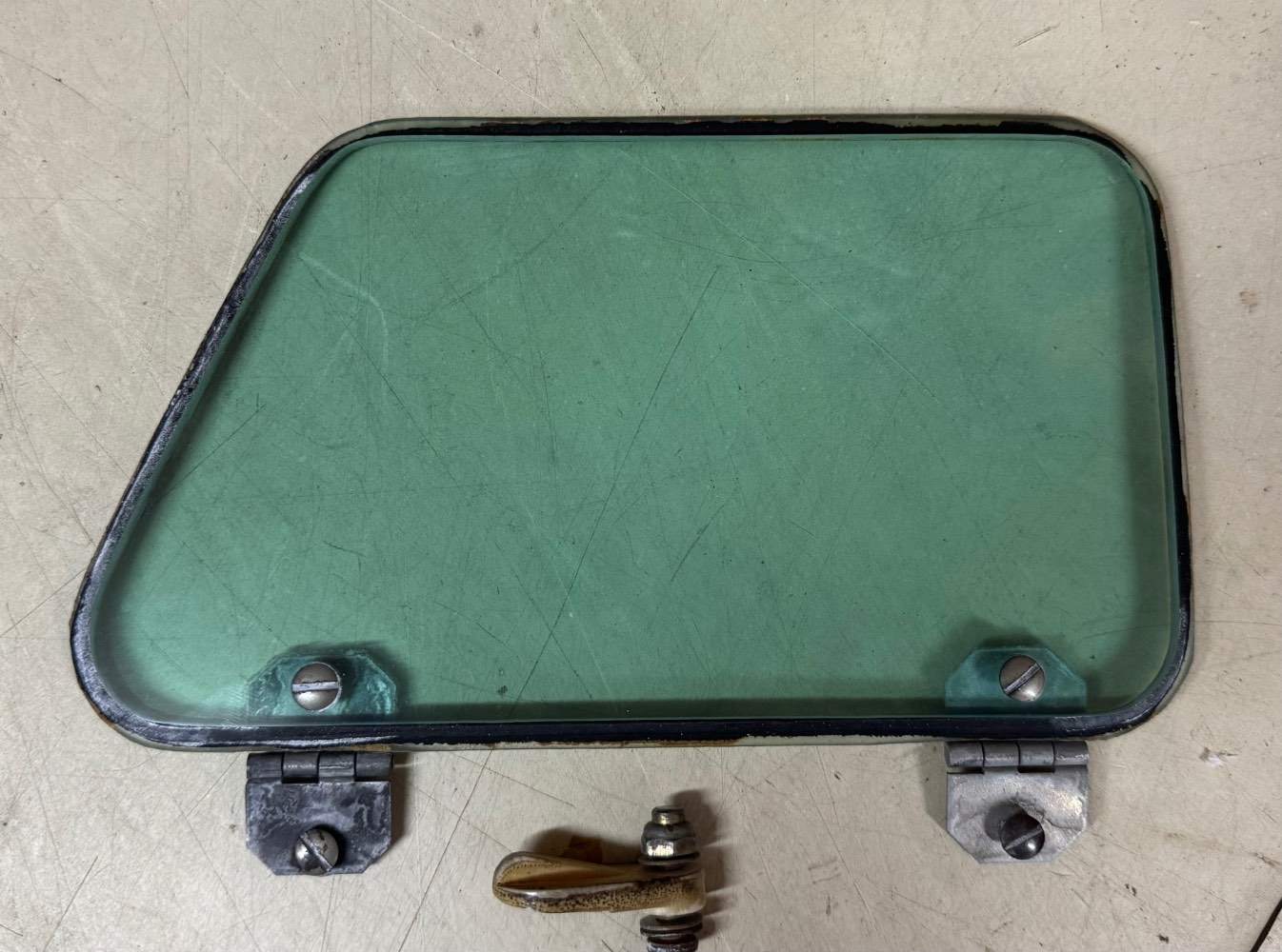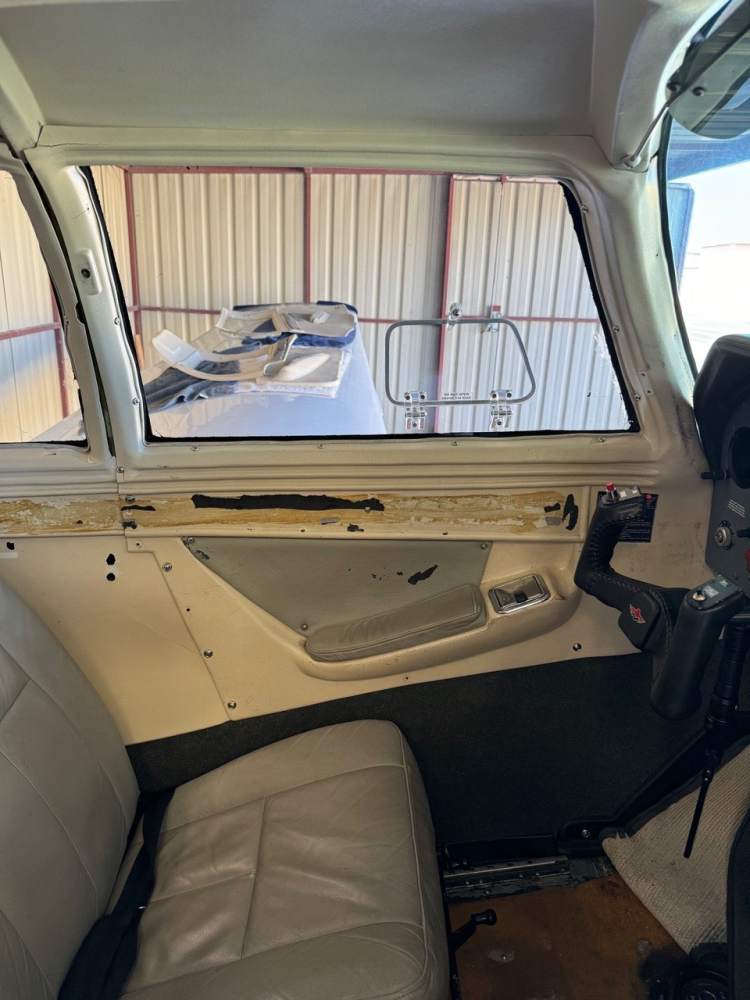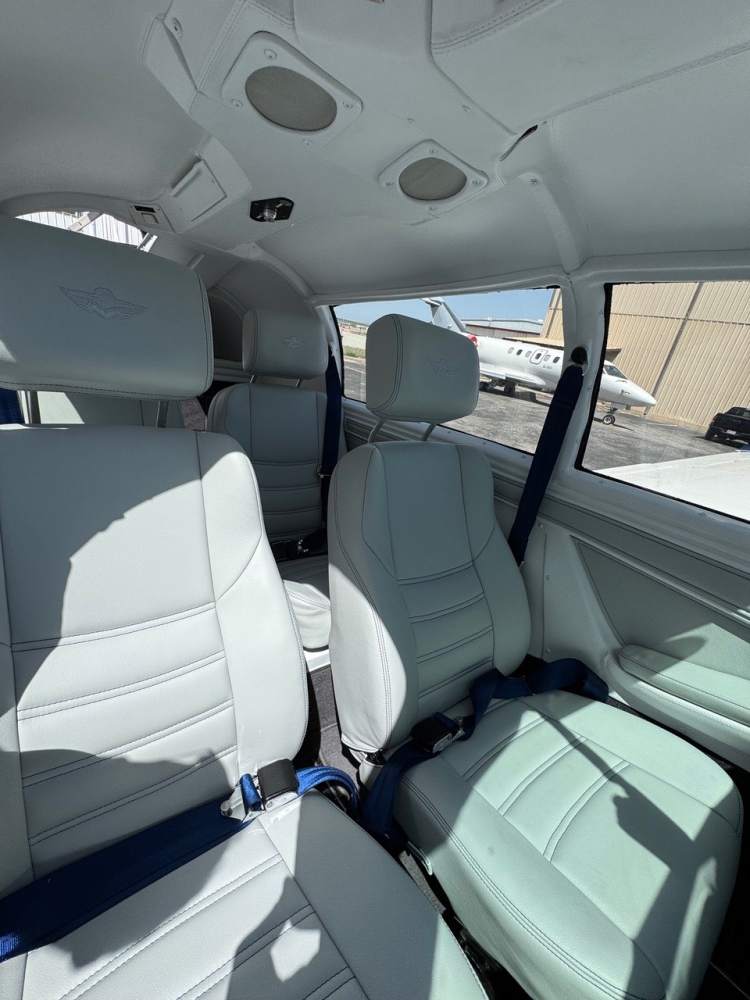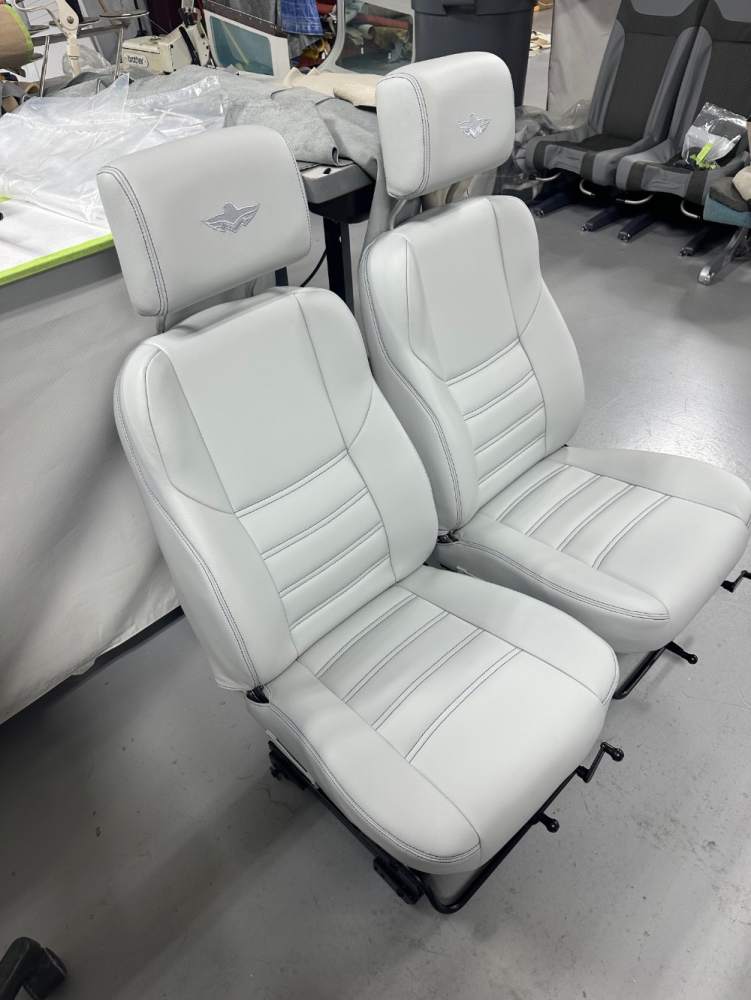-
Posts
131 -
Joined
-
Last visited
About Brent
- Birthday 12/14/1963
Profile Information
-
Gender
Male
-
Location
SoCal
-
Reg #
N5788Y
-
Model
M20J
-
Base
KWHP (L.A. Whiteman)
Recent Profile Visitors
2,177 profile views
Brent's Achievements
-

GFC 500 installation – pitch trim change & aggressive IAS climb
Brent replied to unicom's topic in Modern Mooney Discussion
This did NOT happen to me when I upgraded avionics, including the GHC 500, so I'm thankful my avionics installer did it right because my trim was exactly the same. (They did reverse the wires on my ammeter/shunt, though, so I had to fix that.) But reading this thread, I'm thinking, holy cow, not good to know there are multiple shops missing this safety of flight item. And I wonder, would I have caught one before flying? -
Hi, SoCal neighbor. Schiff Aviation at L.A. Whiteman (KWHP) knows Mooneys. I have done both full-service and owner-assisted annuals there since 2017; not sure about the Savvy angle. I have also worked with a couple shops at Santa Paula (KSZP): Fuller Aircraft Services (helped me when I was stranded over there with a magneto wiring mystery) and Ray's Aviation (did some Garmin avionics work).
-

No Joy on Landing Gear Extension - J Model
Brent replied to Brent's topic in Modern Mooney Discussion
That's who I called. They have my RFQ. We'll see. -

No Joy on Landing Gear Extension - J Model
Brent replied to Brent's topic in Modern Mooney Discussion
Yes, I wasn't keen on used since that's what I have now, but I wasn't having any luck on any of the part numbers new. So thanks for the OEM catalog. I didn't know that. I did contact Safran's distributor. They had no stock go the 6041H53 (14v) but will check with the OEM. We'll see. -

No Joy on Landing Gear Extension - J Model
Brent replied to Brent's topic in Modern Mooney Discussion
UPDATE: I found two used relays from BAS Parts, PN 940084-501, which are the Mooney retrofit parts for the original but now obsolete/unavailable 6041H53 and 70-311221 parts. I couldn't find new anywhere. LASAR had history from several years ago showing $3000 and 18 weeks lead-time. Worst case, even though used, these retrofit parts must be decades newer than my originals. We'll see. Thanks for the advice above. -

No Joy on Landing Gear Extension - J Model
Brent replied to Brent's topic in Modern Mooney Discussion
Tapping on the relay restored downward movement. The other parts of the system (motor, actuator gear, limit switches, down/up panel switch, breakers test ok. So now I’m going on the hunt for the relays. PN 940050-501 is the applicable PN I see in the IPC. I’ll search today. If anyone has a sourcing idea, I’ll appreciate the advice. -

No Joy on Landing Gear Extension - J Model
Brent replied to Brent's topic in Modern Mooney Discussion
No breakers popped. I clarified the original entry. Is the down-limit micro-switch that button with a little paddle clamped to the linkage rod? Thanks for the info. -
At the end of the second leg of a cross-country yesterday I moved the landing gear switch to "Down" and nothing happened. I toggled the switch a couple times and got nothing. No motor motion, no circuit breakers popped, the low RPMs gear alarm continued (along with airspeed...), the "Gear Unsafe" annunciator light was lit, and the floor window showed red-stripe gear up. I lowered the gear using the manual extension and landed safely. Luckily, the issue happened at my home airport, so there's that. Ahead of the troubleshooting on jacks with my mechanic tomorrow, I thought I would solicit info from anyone with prior experience on this issue. Areas I assume we'll look at: actuator motor, breakers, relays (one for up, one for down), any loose wiring. (I did have some rain and turbulence on that leg.) (Side note for others: when you lower the gear via manual extension, be careful NOT to over-pull that ripcord cable. Lower the gear until the Gear Unsafe light goes off and you have normal green in the floor window, and that's it. If you force-pull the cable after you have a gear-safe condition, you will bend the long linkage rod in the belly. I almost learned that the hard way in a hangar with the plane on jacks a couple years ago.)
-
So, how hard was that lock to install a couple years ago? My first option with the Chicago Lock isn;t working, so Im thinking I'll go with the Medeco. It kills me as I just had the interior redone and now I'm pulling the nicely installed door panel apart.
-
UPDATE: This one will not work. The Mooney requires an offset (z-shaped) cam, and this lock also has a captive key, meaning it can only be removed in one position.
-
My cabin door lock cylinder departed the aircraft today. In line with what you noted, my original door key was from Chicago Lock Co. That company has been acquired by CompX but is still in business. The J-model IPC shows part number 3786-B. I found a Chicago 3786 lock online for 8 bucks. I hope it fits. It's not a great lock, but it's better than the empty cylinder I have now and is evidently OEM spec.... https://www.ebay.com/itm/402341713131
-
I recently replaced a SkyTec starter with a new 149NL. The prior starter went 14 years and 970 hours. The unit was still cranking when I removed it, but it was starting to move at the mounting plate.
-
Au contraire. I would contend the aerospace industry (overall, not just our kind of GA) has been hugely resilient overt last 10+ years and growing at good rates. Consequently, there has been significant merger and acquisition activity among both strategic owners and PE investors. That said, I concede the outlook right this minute is a little dicey; a recession will kill demand. Thomas Bravo paid $10 billion for Jeppesen, ForeFlight, and Boeing's digital aviation solutions business (commercial aviation and maintenance analytics and related services, I believe.) Jeppesen is the go-to supplier of navigation and charting data around the world, including outside the US; huge existing customer base. ForeFlight is growing up into business aviation and perhaps has designs for commercial aviation at the company subscription level, not just individual pilots carrying it. In any case, the proxy I use to gauge industry growth is commercial and business aircraft fleet growth, currently 5-10% per year. The fleet growth drives associated support activities. I think Thoma Braca will do OK. There's organic growth available and good M&A potential later. Another poster suggested you might see the businesses split up on the other end (typically 3-5 years), and I can see that. The question is how they'll operate the business in the interim, strategically or with the cost hammer? I hope the former. Either way, I won't be surprised to see my ForeFlight and Jepp costs going up. Thus far, I get the value I need. We'll see going forward.
-
I have a usable storm window that came off my J model when I replaced the cabin windows last year; I couldn't bring myself to toss it. The transparency is in decent shape. The edge seal could use some dressing. The attachment hardware is still attached. The latch comes with it loose. $100 is anyone is interested.
-
Here's the last turn-key interior that Hector and his crew at Aero Comfort did. I picked it up in mid-March; took five weeks for the whole job. I contemplated sending my panels in as I had the interior out to replace my side windows last year. But my skills and workmanship would have come up short when it comes to the tricks of installation. My plastics were in really tough shape, but they were able to salvage and repair them. I paid full price, but I was really happy with the quality and workmanship and end result The cost was more or less in line with Aero Comfort's published price list, though I had some extra charges due to a couple missing components that they were able to replace. A couple of before/after photos attached.
- 27 replies
-
- 10
-


